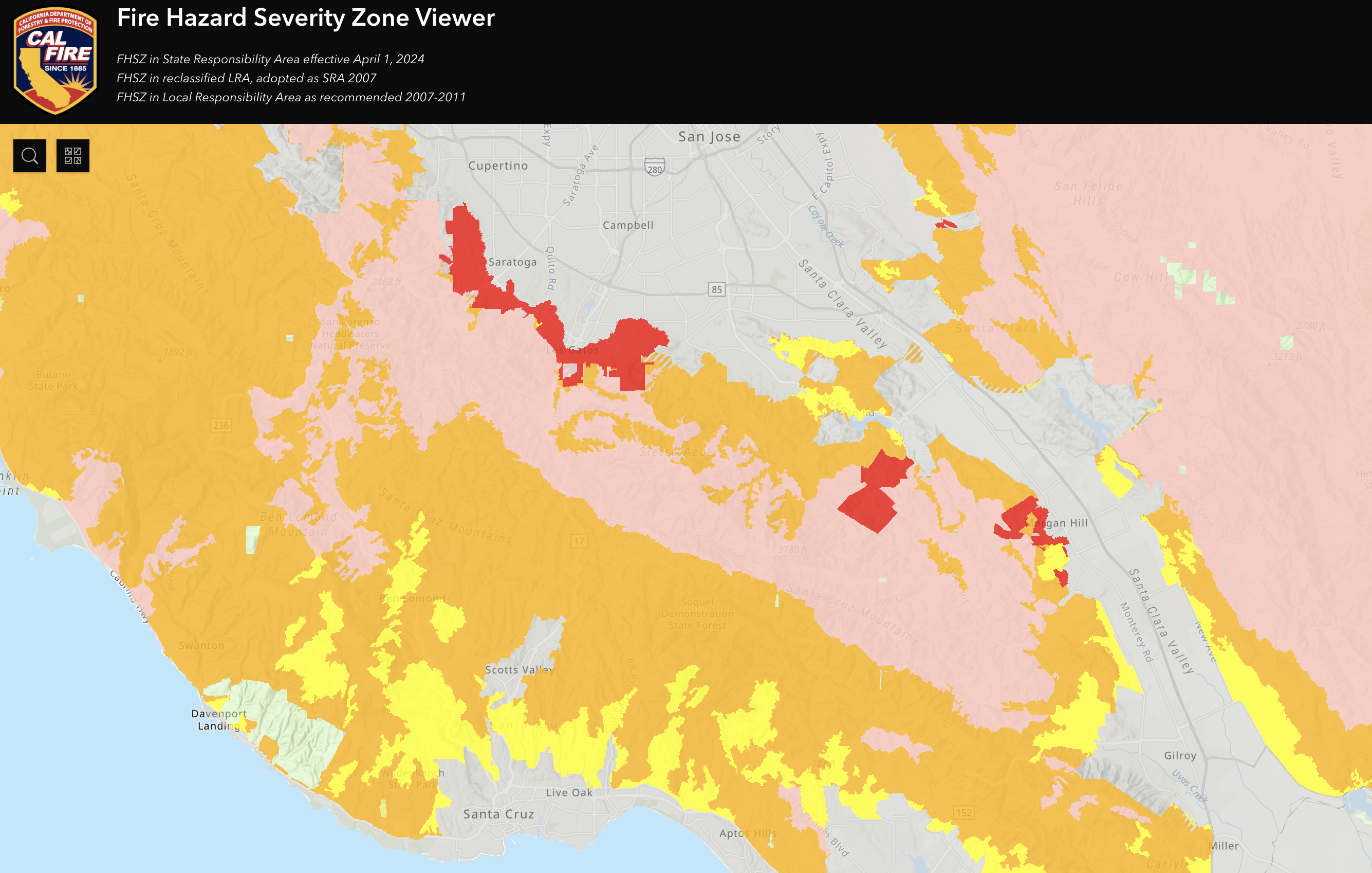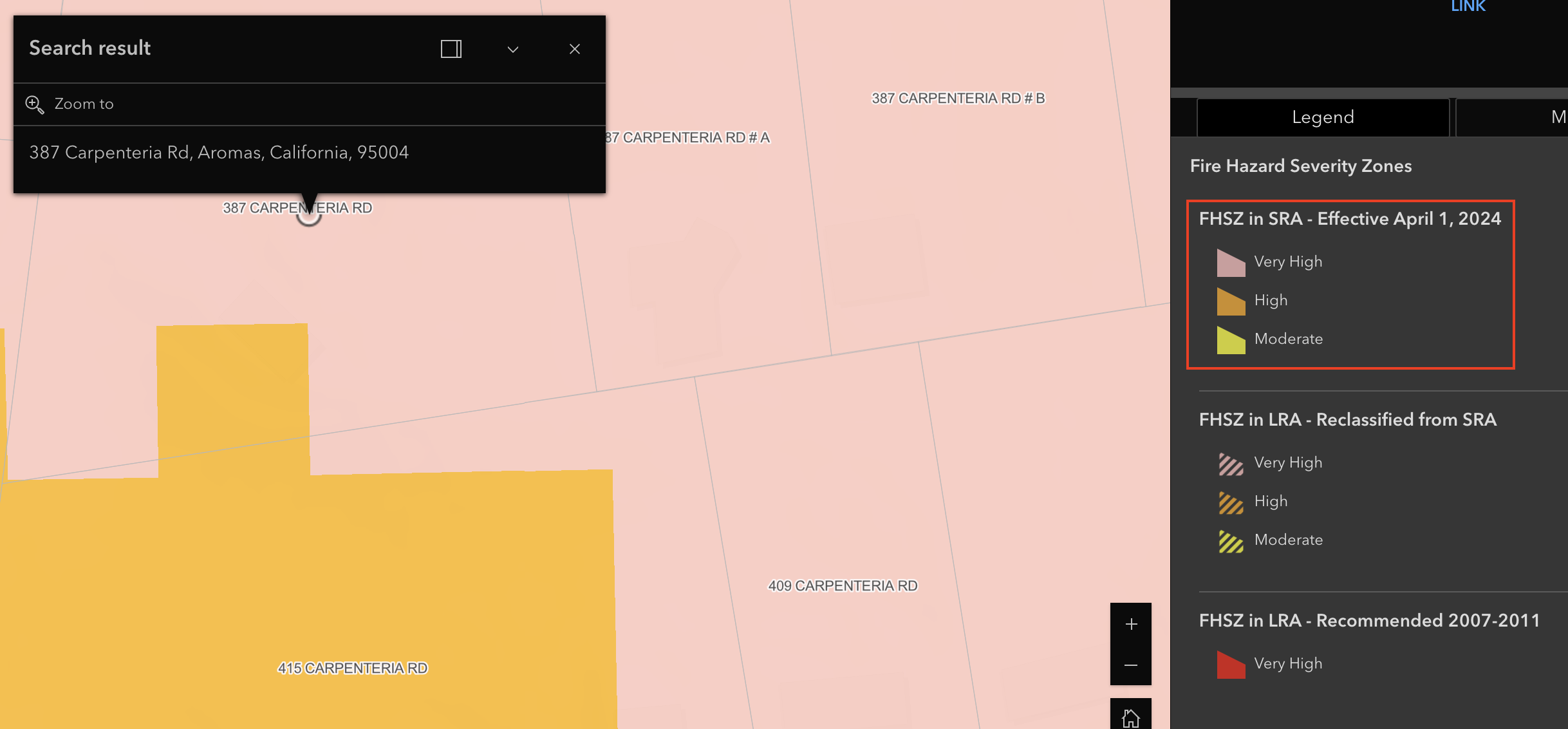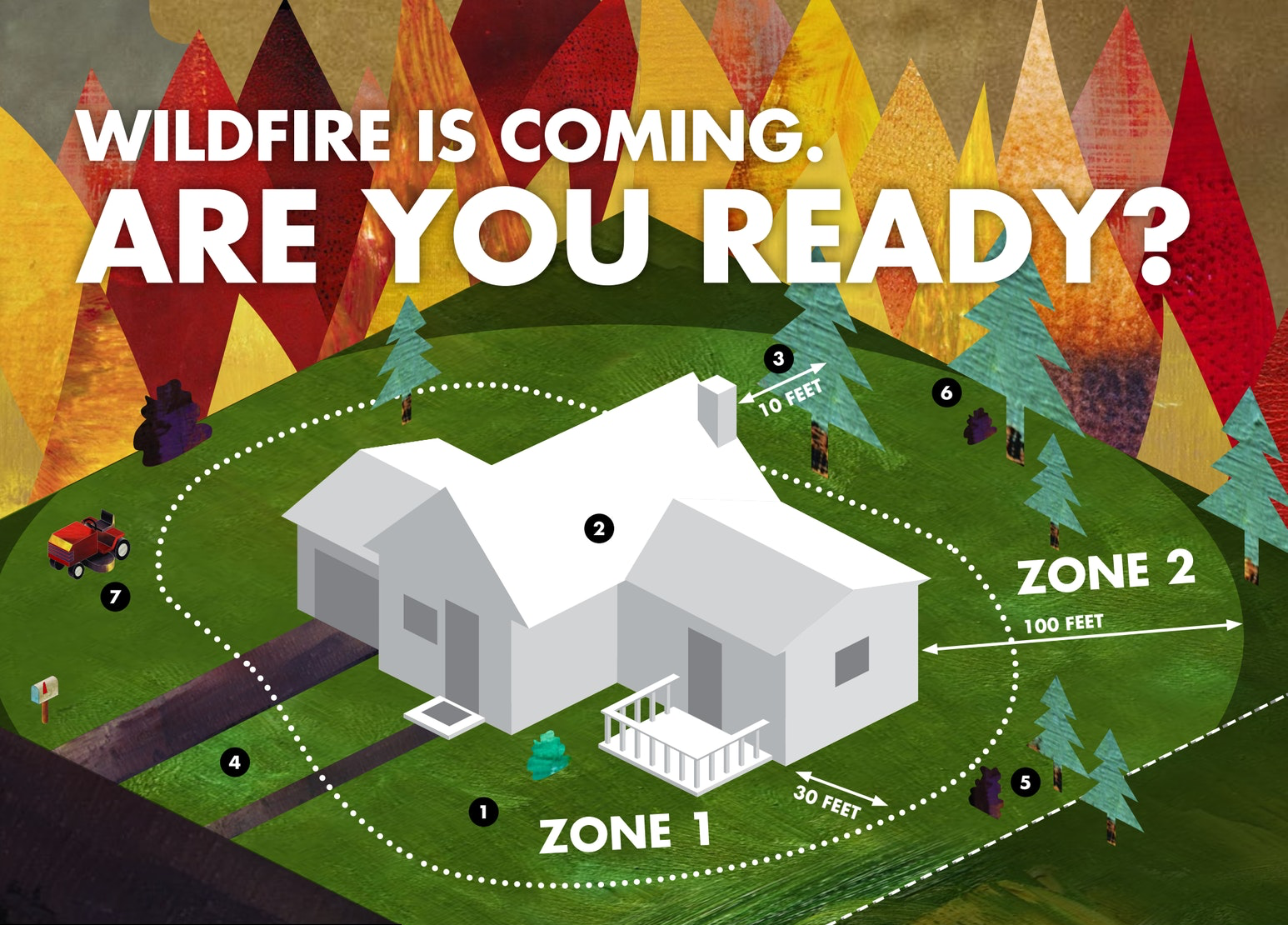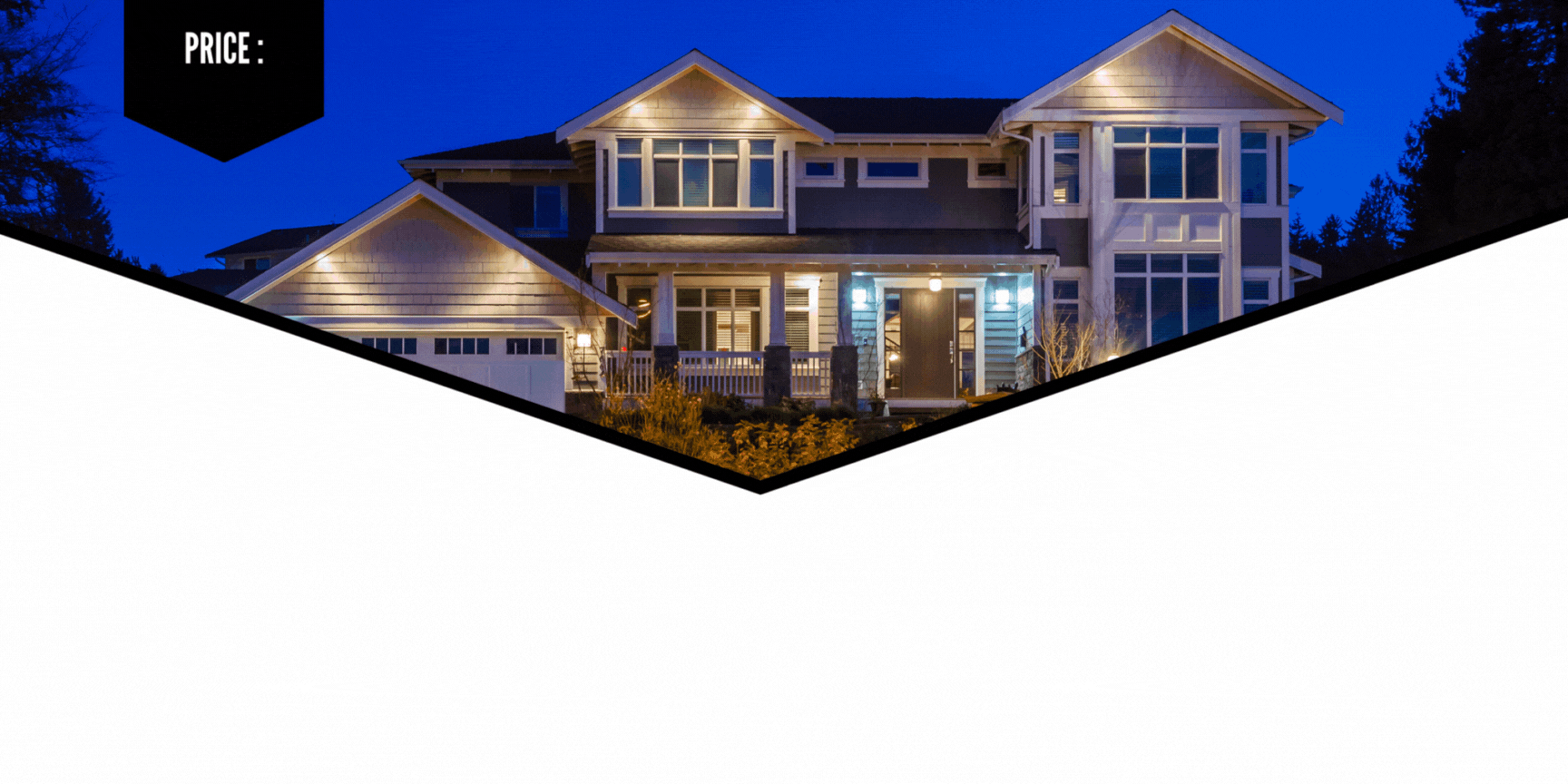Equip yourself with knowledge and safeguard your home from wildfires with our friendly and informative piece on AB 38 Defensible Space Inspections.
What is AB 38 Defensible Space Inspection?
Think of AB 38 as the guardian angel of your home. It’s a California legislation compelling homeowners in fire-prone areas to get defensible space inspections, ensuring their properties are less vulnerable against wildfires. AB 38 is reshaping fire safety measures by enforcing proactive actions against wildfires, making homes in fire-prone areas less susceptible to damage. No longer are fire safety efforts boxed into mere contingency planning. AB 38 requires proactivity, demanding resolute action to inhibit the wildfires, long before they kindle.
Overview of AB 38 legislation
AB 38 is a piece of Californian legislation focused on wildfire mitigation. It requires defensible space inspections for homes in fire-prone areas, escalating the state’s commitment to preserving life and property in wildfire-prone regions.
In this article, I will cover:
- Key features of AB 38
- Criterion for requiring inspections
- AB 38 Compliance requirements
- How to get your property inspected under AB 38
What makes a space considered defensible?
The following diagram details the requirements in each of the two zones that the California defensible space inspection will be concerned with. Within each zone, there are requirements for certain types of combustible material that must be managed to meet the states defensible space requirements.

California Defensible Space Zone Requirements
Purpose of defensible space inspections
Defensible space inspections fundamentally aim to design and implement safety by creating a buffer zone between your home and potential wildfires. This is achieved by assessing and managing easily combustible materials within this zone, making your property less prone to become a fuel source for fires and thereby protecting your home.
The defensible space inspection will:
- Evaluate how vegetation is arranged and maintained around your property
- Assess the condition and safety of rooftops and gutters
- Check your property’s accessibility to emergency services
- Examine outdoor storage of firewood and other flammable materials
Determining If Your Home Needs an Inspection
Keeping your home safe from wildfires starts with understanding if your home requires an AB 38 inspection. This is done by reviewing the Fire Safety Checklist and assessing whether the location of your property place it within a fire-prone location.
Living in the beautiful landscapes of the greater San Francisco Bay Area comes with the responsibility of navigating fire-prone locations. It’s wise to know if your home falls within the AB 38 legislation ambit. This includes consulting resources, knowing the criteria, and acting proactively to address any potential risks.
Identifying fire-prone areas
Assessing whether your area can be considered fire-prone begins with the realization that not all parts of California face the same wildfire risk. Here’s a quick guide to swiftly and accurately evaluate the level of risk your neighborhood faces.
- Investigate your region’s fire history – frequent past wildfires are a strong indicator of future risk.
- Survey the local vegetation – abundance of dry and woody plants can escalate a fire.
- Understand your region’s climate – high summer temperatures and low rainfall contribute to fire risk.
- Research your community’s wildfire prevention measures.
- Check the local topography – steep slopes often enable quicker fire spread.
Understanding the criteria for requiring an AB 38 defensible space inspection
Deciphering the criteria for an AB 38 inspection may seem complex at first, but once you master the basics, everything falls into place. It primarily consists of understanding the components that make up the legislation and monitoring specific elements that justify the need for inspection.
- The ownership of homes in areas labeled ‘Very High Fire Hazard Severity Zones.’
- If your property is located within the Wildland-Urban Interface.
- The presence of combustible vegetation, or untidy or overgrown landscaping that increases fire risk.
See if your property falls under AB 38

For safeguarding your property, we turn to the California Fire Resource Assessment Program (FRAP). This state-run agency has an online tool can help determine if your home is in an area that falls under AB 38’s defensible space requirements. Effective use of this tool can guide your navigation of sale preparations. This tool is called the Fire Hazard Severity Zone Viewer, and you can access it here.
Once you have loaded up the viewer, look on the upper-left area of the page for a search icon (the magnifying glass). Click the icon, and then you can enter an address for a property in California.

Fire Hazard Severity Zone Viewer Search
When you hit search, you will be shown a map with the property you’re looking up, and the background color of the parcel tells you the fire hazard severity zone. On the right side of the page, there is a legend that shows what the colors mean. The legend tells me that the pink color means it is in a SRA (State Responsibility Area) “very high” fire zone. The orange-ish color is a “high” severity zone, and the yellow color means it is a “moderate” security zone.

Any property that is in a high or very high fire zone in a State Responsibility Area will require an inspection by CalFIRE. If the property is in a LRA (Local Responsible Area), you will need to contact your local fire department (e.g. the Santa Clara County Fire Department) about any inspection requirements.
If you’re looking to decode AB 38, go online or call your local county’s fire department. Their resources focus on fire-prone locations detailed in the bill. This could be the first step to finding out if your home needs an inspection.
Feel confused about which parts of AB 38 apply to you? Don’t worry, the California Department of Forestry and Fire Protection (CALFIRE) website provides clear guidelines on legislation, helping you understand whether your property needs an inspection. Understanding the law fully is essential to smoothly transition to your next move.
When and how to Order an AB 38 Defensible Space Inspection
If the FHSZ viewer shows that you are in an orange, red, or pink zone, then you will require an AB 38 defensible space inspection prior to selling your property. Ordering an inspection is easy – you can do so by clicking on this link.
You should know that it can sometimes take several weeks to get an inspection – so if you will be selling your home, it’s best to order the inspection at least a month before you put your home on the market. Also, be aware that you may not pass the inspection the first time, and a re-inspection may be required – so don’t leave the inspection until the last minute before you plan to close escrow.
What to expect during the inspection
Defensible space inspections under AB 38 unravels in an orderly process – inspectors walk around your property, shedding light on potential fire risks. The major concern is always the landscape aspect, focusing on vegetation that might be too close to buildings.
For the more personalized bit, your home’s unique characteristics determine the scope of the inspection. Intricacies such as attachment types, deck materials, or roof configuration could alter the assessment, ensuring the inspection process aligns perfectly with mitigating specific fire risks.
Actions Required for Compliance
Once the inspection revelations are in your hands, it’s time to swiftly action your compliance blueprint for AB 38. Clear the area around your home, eliminating any fire-prone vegetation and creating a ‘defensible space’ to deter wildfires from your doorstep.
Mastering the art of AB 38 compliance involves not just immediate follow-through but also keeping up with ongoing maintenance. Regularly inspecting and brushing aside any vegetation encroaching on your defensible space can drastically reduce your house’s wildfire risk.
Addressing issues identified in the inspection report
From red flags to green lights, that’s your journey after the AB 38 inspection. You’ve seen the issues – now it’s time to act. Your home’s safety from wildfires depends on the changes you make from your report’s findings.
Think of your inspection report as a puzzle that needs debugging. Every issue is a clue to refine your defensive space. Once resolved, you can resubmit the property for another inspection, ensuring compliance to AB 38 and enhancing your home’s wildfire resilience.
Options for completing required work
Getting your property up to snuff according to AB 38 can be daunting, but don’t fret. There are certified professionals who specialize in creating defensible spaces. Hiring one can make the process much less overwhelming.
Sometimes, it takes more than just clearing flammable vegetation. Consider installing fire-resistant plants and landscaping features. It’s an unusual approach that not only meets AB 38 requirements but adds a touch of beauty to your property.
If budget is a concern, check out local resources. There are often grants or public programs available to help homeowners in fire-prone areas comply with regulations. Embrace these options to pave the path to compliance.
Consequences of non-compliance
Flirting with ignoring AB 38 can land you in hot water. Delaying or altogether skipping defensible space inspection ranges from fines to a halt in any real estate transaction until you comply.
Neglecting AB 38 compliance doesn’t just affect you, but also your neighborhood. Non-compliance poses a wildfire risk to all surrounding homes, effectively creating a domino effect. Don’t be the spark that starts a disaster.
Staying Proactive and Prepared
Living in the charming Californian locales often comes with an unwelcome accessory – the threat of wildfires. AB 38 inspections should not be seen as a hindrance, but a chance to protect your paradise.
Postponing AB 38 inspection might not be a wise choice. Keep up with the requirement and you’re one step ahead in wildfire preparedness, ensuring an easier transition when selling your home.
- Keeping your home’s external environment tidy and maintained
- Ensuring your property’s vegetation is properly managed
- Clearing rooftops and gutters of dead leaves or other fire-prone debris
- Storing firewood a safe distance from your home
- Incorporating fire-resistive features in your home’s design



